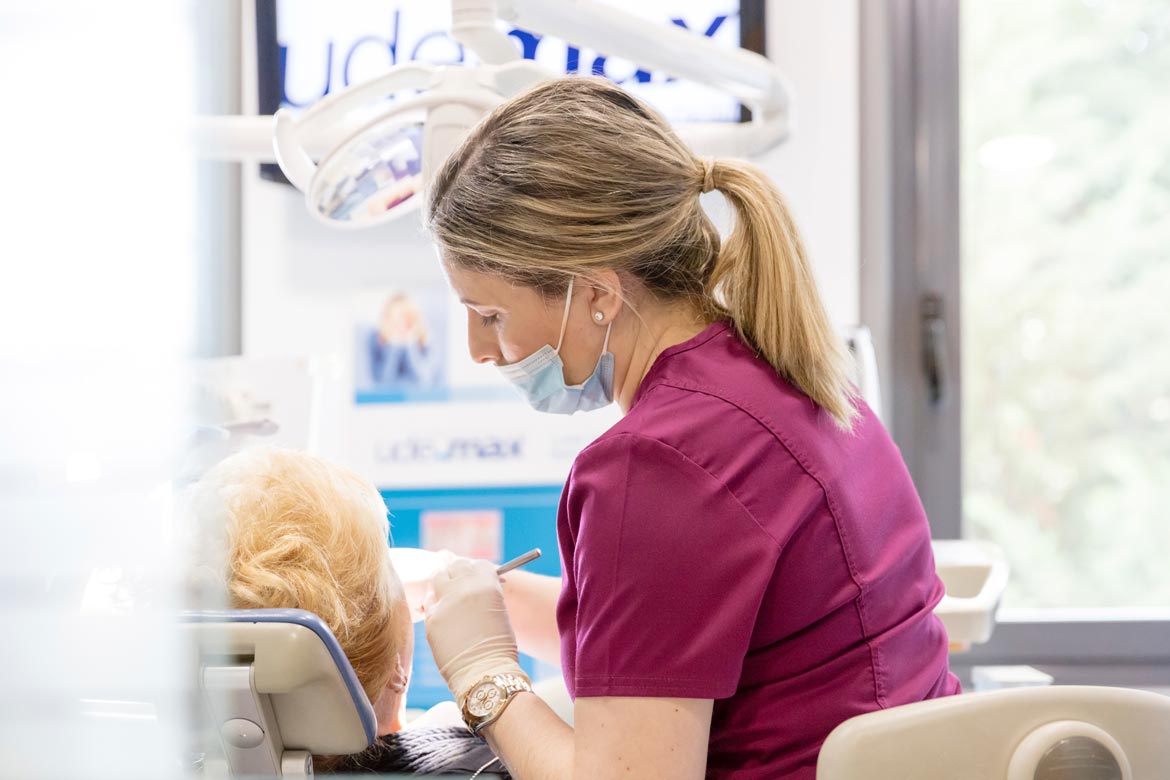Receding Gum Regeneration Treatment
Do you want to solve your dental or facial problem?
Ask us for an appointment with free check-up and diagnosis
Whether you want to start treatment or request information, you are in the right place. Leave us your details and we will contact you within three hours.

What causes receding gums and how are they treated?
Gum recession, i.e. the more or less pronounced exposure of part of the jawbone due to wear of the gingival contour covering the tooth, can be caused by various factors:
- A very strong and vertical brushing technique that can be traumatic and accelerate gum wear.
- Patients with fillings or crowns or other defective treatments can also suffer from this problem.
- People with bruxism or tooth grinding, which generates too much pressure on teeth and gums.
- But one of the most common factors is usually periodontitis, an infection that affects multiple tissues.
And thanks to advances in dentistry, this recession can be treated. However, it should be borne in mind that before prescribing a gum regeneration treatment, it is necessary to treat the original periodontal problem, either through the use of a mouthguard for bruxism, the treatment of periodontitis, or education on proper brushing techniques. Thus, once any of these pathologies is solved, treatment is carried out.
Regeneration treatment for receding gums
Since gums do not regenerate by themselves, once they start to recede and the problem causing the recession is not solved, it is possible to lose the supporting tooth. The latter, among other reasons such as aesthetics, leads many periodontists to recommend gum regeneration treatment, a surgical but minimally invasive intervention that allows the health of the gums affected by recession to be restored:
With this technique, it is possible to cover the ‘root’ of the tooth that has been excessively exposed. In this case it is necessary to take a piece of donor soft tissue (usually from the palate) to repair the recipient area. As the donor is the patient himself, there is no risk of the tissue being incompatible.
Technically known as a coronally mobilised flap, this surgery consists of stretching the gum when recession is mild or it is only necessary to cover small interdental spaces that may alter the aesthetics of the smile.
]





